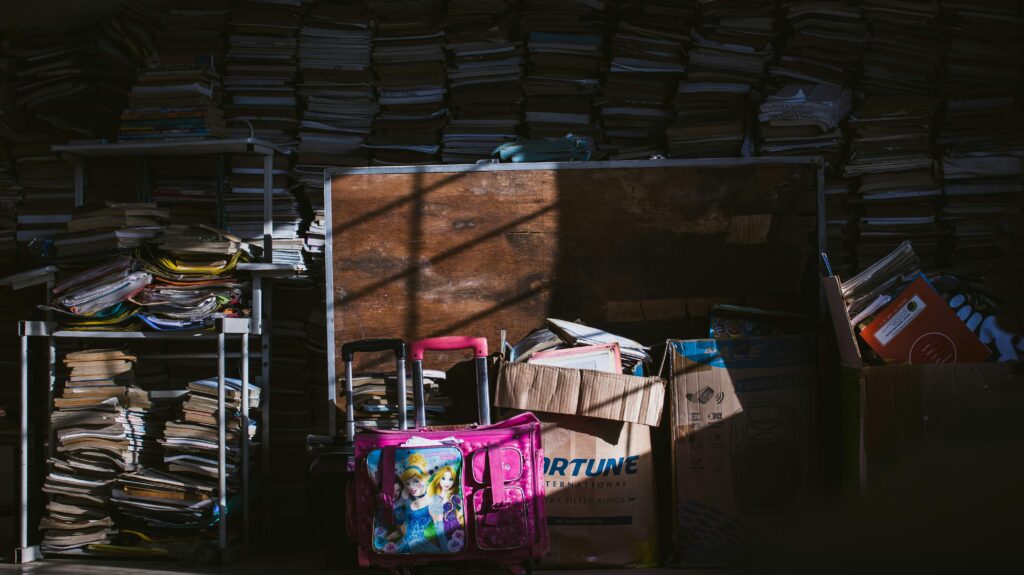A Journey Toward Kindness, Connection, and Collective Growth
In a fast-paced modern world, where the race for achievement and the pursuit of personal goals often take center stage, the simple act of helping others can sometimes feel like a distant ideal. Yet throughout history, the practice of extending a helping hand has been the foundation upon which thriving communities are built and the underlying current that propels humanity forward. Helping others is not just a moral duty—it is a source of profound personal enrichment, a spark for societal change, and an invitation to experience the true meaning of connection. In this blog, we journey into the heart of what it means to help others, exploring why it matters, the various ways we can make a difference, and how these acts ripple outward, shaping lives in ways both seen and unseen.
Why Helping Others Matters
At its core, helping others is an expression of empathy—the ability to understand and share the feelings of another. Empathy prompts action, transforming compassion into tangible benefit. Whether it’s offering support to a friend in need, helping people to access resources to make their life easier to manage, volunteering at a local shelter, offering a ride to a doctor appointment, or simply lending a listening ear, acts of kindness uplift individuals and inspire hope.
But the impact of helping others extends far beyond immediate recipients. Altruistic behavior is deeply rewarding, releasing endorphins and fostering a sense of fulfillment. Helping others may provide a high level of happiness, decreased stress, and improved mental health. In fact, communities built upon cooperation and generosity are more resilient, adaptable, and harmonious.
Moreover, helping others challenges us to see beyond our own perspective. It cultivates humility, broadens our understanding of the world, and bridges gaps that divide us. When we step into another’s shoes, we learn the value of patience, gratitude, and shared humanity.
Everyday Acts of Kindness
Helping others does not always require grand gestures. In fact, the most transformative acts are often the simplest ones, woven quietly into the fabric of daily life. Here are a few ways to foster kindness and support within your own community:
- Offer a smile or a kind word: A genuine greeting or a simple compliment can brighten someone’s day and foster a sense of belonging.
- Listen actively: Sometimes, the greatest gift we can give is our attention. Listen without judgment; let people know they are heard and valued.
- Share your skills: Whether it’s tutoring, fixing something, or teaching a craft, sharing what you know can empower others and cultivate lifelong connections.
- Volunteer your time: There are countless organizations that rely on volunteers, from food banks to animal shelters, to giving someone a ride to the grocery store. Even a few hours can make a significant impact.
- Support local initiatives: Attend community events, promote small businesses, or participate in local cleanups to strengthen the fabric of your neighborhood.
- Be there in times of need: Reach out to those who are grieving, struggling, or facing challenges. Sometimes, presence alone is a powerful form of help.
The Ripple Effect: How Helping Others Multiplies
One of the most remarkable aspects of helping others is the ripple effect it creates. Acts of kindness inspire others to pay it forward, generating waves of goodwill that extend far beyond the original gesture. When you help someone, you set a precedent—they, in turn, may help someone else, and so the cycle continues. Communities built on mutual support become stronger, more compassionate, and better equipped to face collective challenges. I saw this happen in my workplace as we came together to help patients.
Consider the story of a teacher who goes above and beyond to encourage a struggling student. That student’s newfound confidence may translate into success, which could inspire them to mentor others later in life. Small acts, multiplied over time, become sources of transformation and growth.
Overcoming Barriers to Helping
Despite its many rewards, helping others is not always easy. Barriers can include time constraints, fear of rejection, uncertainty about how to help, or even concerns about being taken advantage of. Yet most obstacles can be overcome with mindful intention and a willingness to learn.
Start by recognizing that imperfection is not a flaw—it’s a part of being human. You don’t need to have all the answers or fix every problem. Often, simply showing up, offering encouragement, or sharing a moment of understanding is enough. If you’re unsure how to help, ask questions and listen to what people need, rather than assuming. Remember, the most meaningful help is tailored to the individual and given without expectation of reward.
Helping Others in a Digital Age
Technology has transformed the ways in which we interact and support one another. Online platforms and social media offer new opportunities to spread kindness, share resources, and connect with those who may be isolated or in need. Virtual volunteering, fundraising campaigns, and crowdsourcing solutions have become powerful tools for collective action.
However, digital spaces can also breed misunderstanding and disconnect. The challenge is to use technology intentionally—to foster real relationships and encourage genuine support. Consider joining online communities that align with your passions, sharing positive messages, or donating to causes that resonate with you. The digital world, when harnessed thoughtfully, expands the reach of our helping hands.
The Personal Benefits of Helping Others
While the purpose of helping others is not personal gain, the benefits to the helper are undeniable. Serving others boosts self-esteem, reduces feelings of isolation, and provides a sense of purpose. It can also offer perspective during difficult times, reminding us of our own strengths and resources.
Helping others teaches vital life skills—communication, empathy, adaptability, and conflict resolution. It encourages gratitude and reorients priorities, focusing attention on what truly matters. For children and young adults, participating in acts of service fosters character development and empathy, laying the groundwork for lifelong engagement.
Stories of Kindness: Inspiration from Around the World
Across cultures and continents, stories of kindness abound, offering inspiration and hope. Volunteers traveling to disaster-stricken regions to offer relief, neighbors organizing food drives during difficult times, or strangers stopping to help someone in distress—all showcase the enduring spirit of humanity.
Even small moments, like someone paying for another’s meal or leaving an encouraging note, saying thank you with a smile, can have outsized impact. These stories remind us that every individual has the power to make a difference, no matter how modest the means.
Conclusion: A Call to Action
Helping others is more than a single act—it’s a way of living that invites connection, purpose, and joy. It is a practice that strengthens communities, builds bridges between diverse backgrounds, and enriches the lives of all involved. In a world that often feels divided or uncertain, the power to help lies within each of us.
So let us begin—right here, right now. Reach out to someone who needs encouragement. Volunteer your time, share your resources, or simply offer a smile. The ripple effect of your kindness will extend farther than you can imagine, touching lives and weaving a tapestry of hope across the globe. In helping others, we help ourselves, and, together, we shape a brighter, more compassionate future.











